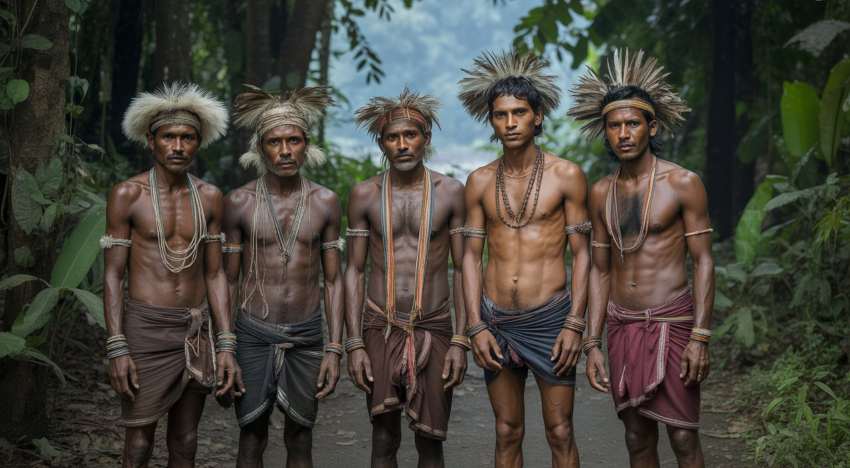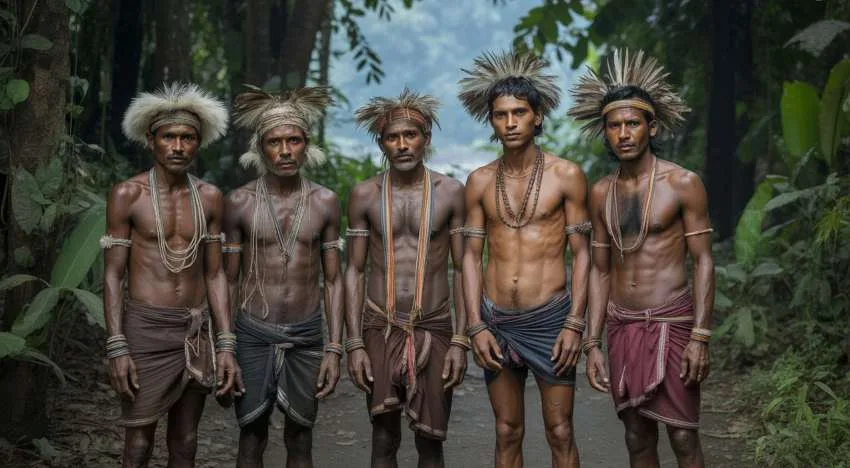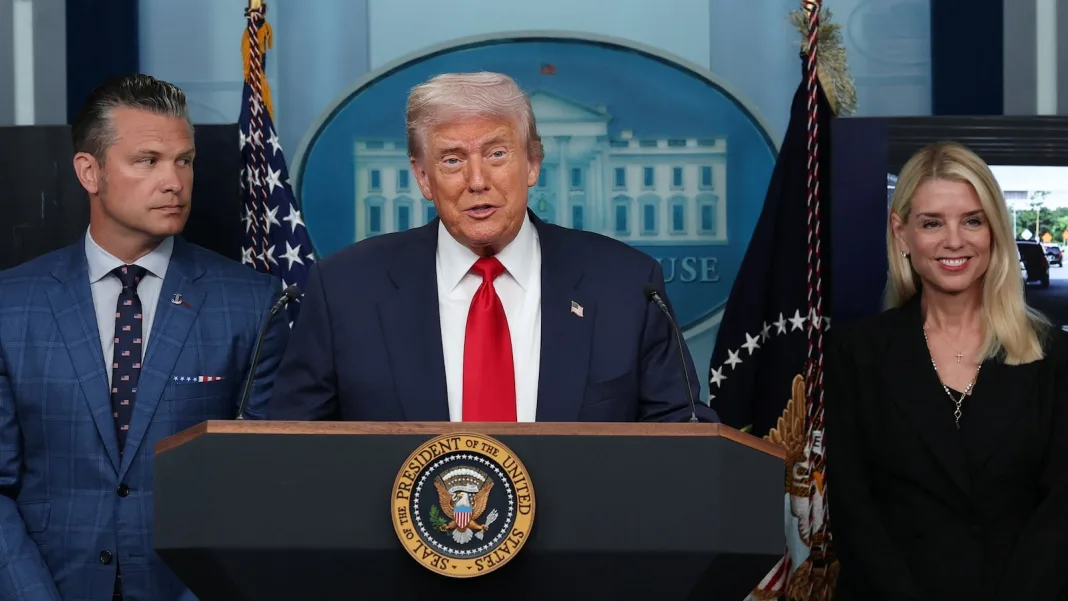Published on
August 12, 2025 |

India, with its rich tapestry of cultures and traditions, is a land of diverse communities, each contributing to the country’s uniqueness. Among these communities are the tribal populations, who for centuries have remained largely untouched by the rapid urbanization of the nation. These communities, with their own unique cultures, customs, and traditions, have long been neglected in terms of economic development and social integration. However, recent government initiatives focused on digital inclusion and economic empowerment are beginning to change this narrative, opening up new opportunities for tribal communities, particularly in the tourism sector.
As India progresses towards becoming a global economic power, there is a concerted effort to ensure that no one is left behind, especially those in rural and tribal areas. The digitization of rural and tribal communities is seen as a key strategy to bridge the socio-economic divide, enhance educational opportunities, and preserve the cultural heritage of these regions. With the government’s focus on social and economic inclusion, digital tools are now being leveraged to integrate tribal communities into the larger socio-economic fabric of the country, opening doors to tourism, entrepreneurship, and global connectivity.
The Impact of Digital Inclusion on Tribal Communities
Digital inclusion for tribal communities is not just about access to technology; it is about creating pathways for economic growth, social empowerment, and the preservation of cultural heritage. The introduction of digital tools and platforms has allowed tribal communities to gain access to vital services, such as healthcare, education, financial services, and government welfare programs. More importantly, these communities are now better connected to the world, with the ability to showcase their unique traditions, crafts, and lifestyles to a global audience.
One of the most promising outcomes of this digital shift is the increase in entrepreneurship among tribal populations. Digital platforms enable tribal artisans to market their crafts and products to a wider audience, thereby increasing their income and economic standing. Similarly, the promotion of local tourism experiences, which include eco-tourism, heritage tourism, and cultural tourism, has the potential to bring in a significant flow of visitors to tribal regions.
With the digital tools now at their disposal, tribal communities are no longer dependent solely on traditional agricultural practices or government subsidies. They have the opportunity to diversify their livelihoods through tourism, with the possibility of establishing guesthouses, cultural tours, and nature reserves. This diversification is not only helping to improve the economic stability of these communities but is also contributing to the broader development of rural and tribal tourism in India.
Rural and Tribal Tourism: A Growing Sector in India
Rural and tribal tourism is emerging as an important segment in India’s tourism industry, with tribal areas offering a unique, untouched experience for travelers. These areas, often tucked away in the hills and forests, offer natural beauty, cultural authenticity, and traditional lifestyles that are increasingly appealing to domestic and international tourists seeking unique experiences. As tribal communities embrace digital platforms, they can better promote their heritage, traditions, and eco-friendly tourism offerings to a global audience.
Tribal tourism in India presents an opportunity to explore the authentic culture of various indigenous communities. Tourists can engage with local traditions, try regional cuisines, participate in traditional art forms, and experience firsthand the unique lifestyles of tribal communities. The tourism sector, when managed responsibly and sustainably, can provide much-needed economic benefits to these communities, including job creation, revenue generation, and infrastructure development. This form of tourism ensures that the tribal communities benefit from the influx of visitors while also preserving their cultural identity.
Moreover, digital platforms now allow tribal regions to market these experiences to a larger, more global audience. Social media platforms, websites, and e-commerce websites help tribal communities connect with potential tourists, offering unique insights into their culture and natural surroundings. This newfound visibility not only supports the local economy but also fosters cultural exchange, allowing tourists to understand and appreciate the diversity of India’s tribal populations.
The Role of Panchayati Raj in Supporting Tribal Communities
The Panchayati Raj system, which focuses on local self-governance and decentralization of power, has also played a critical role in empowering tribal communities. Through the Panchayati Raj institutions, local leaders are able to advocate for their communities, facilitating better access to government services and resources. These institutions work closely with tribal populations to implement development programs, focusing on improving education, healthcare, sanitation, and infrastructure.
The rise of digital technology has allowed Panchayati Raj institutions to play a more active role in the development of tribal areas. By providing tribal communities with digital tools, these institutions can enhance access to information, increase participation in local governance, and promote economic opportunities. Additionally, Panchayati Raj institutions are key players in promoting eco-tourism and sustainable development initiatives in tribal regions, ensuring that tourism activities do not harm the environment or disrupt local lifestyles.
Preserving Cultural Heritage through Digital Platforms
Digital inclusion also plays a significant role in preserving the cultural heritage of tribal communities. Tribal cultures in India have long been at risk of fading into obscurity, with younger generations migrating to urban areas in search of better opportunities. However, with the advent of digital platforms, there is now an opportunity to document and share these cultures with the world. From traditional art forms, dances, and music to indigenous languages and folklore, tribal communities are using digital tools to preserve and promote their rich cultural heritage.
Moreover, digital platforms allow for the recording of oral histories and the documentation of tribal rituals and ceremonies. This has become an essential tool for anthropologists, historians, and cultural preservationists, ensuring that the cultural legacies of tribal communities are passed on to future generations. Digital archives and online repositories are playing a critical role in this process, giving people worldwide access to tribal cultures and traditions that were once isolated.
The Future of Tribal Tourism in India
Looking ahead, tribal tourism in India has immense potential for growth, particularly as digital platforms continue to evolve and become more accessible. The growing global interest in sustainable, cultural, and eco-friendly tourism positions India’s tribal areas as attractive destinations. As more tribal communities gain digital literacy and access to online tools, they will have the capacity to better manage and promote their tourism offerings, enhancing the overall visitor experience.
However, it is important to approach tribal tourism with a mindful and responsible strategy, ensuring that it contributes to the economic empowerment of these communities without undermining their cultural integrity or the environment. Ethical tourism practices that focus on the well-being of local communities, respect for cultural norms, and the preservation of natural resources will be key to the success of tribal tourism in India.
The Broader Impact on India’s Tourism Industry
India’s tourism industry stands to benefit greatly from the empowerment of tribal communities through digital inclusion. By integrating tribal regions into the broader tourism ecosystem, the country can promote a more diverse and inclusive tourism offering. Tribal communities, with their rich cultural heritage and pristine natural surroundings, can attract a new wave of eco-conscious and culture-seeking travelers.
As India continues to develop its tourism infrastructure and digital tools, tribal regions will increasingly be seen as valuable contributors to the national tourism landscape. The economic benefits of this shift will be far-reaching, providing rural and tribal populations with new opportunities for employment, income generation, and economic self-sufficiency.
Conclusion: Empowering Tribal Communities for Sustainable Tourism Growth
The digital inclusion of tribal communities in India represents a critical step toward creating an equitable, inclusive tourism industry. By empowering these communities with the tools to market their heritage, promote local tourism experiences, and engage with the global economy, India is laying the foundation for sustainable growth in the tourism sector. The role of digital technology in preserving cultural heritage and enabling economic inclusion is transforming the way we think about tribal tourism, and the potential for these communities to contribute to India’s tourism future is immense.
With the right policies, responsible tourism practices, and continued support for digital literacy, tribal regions in India can become vibrant hubs for sustainable tourism, benefiting both local communities and the broader economy. Through these efforts, tribal communities are not only being included in the economic mainstream but are also becoming active participants in the preservation and promotion of India’s diverse cultural heritage.






